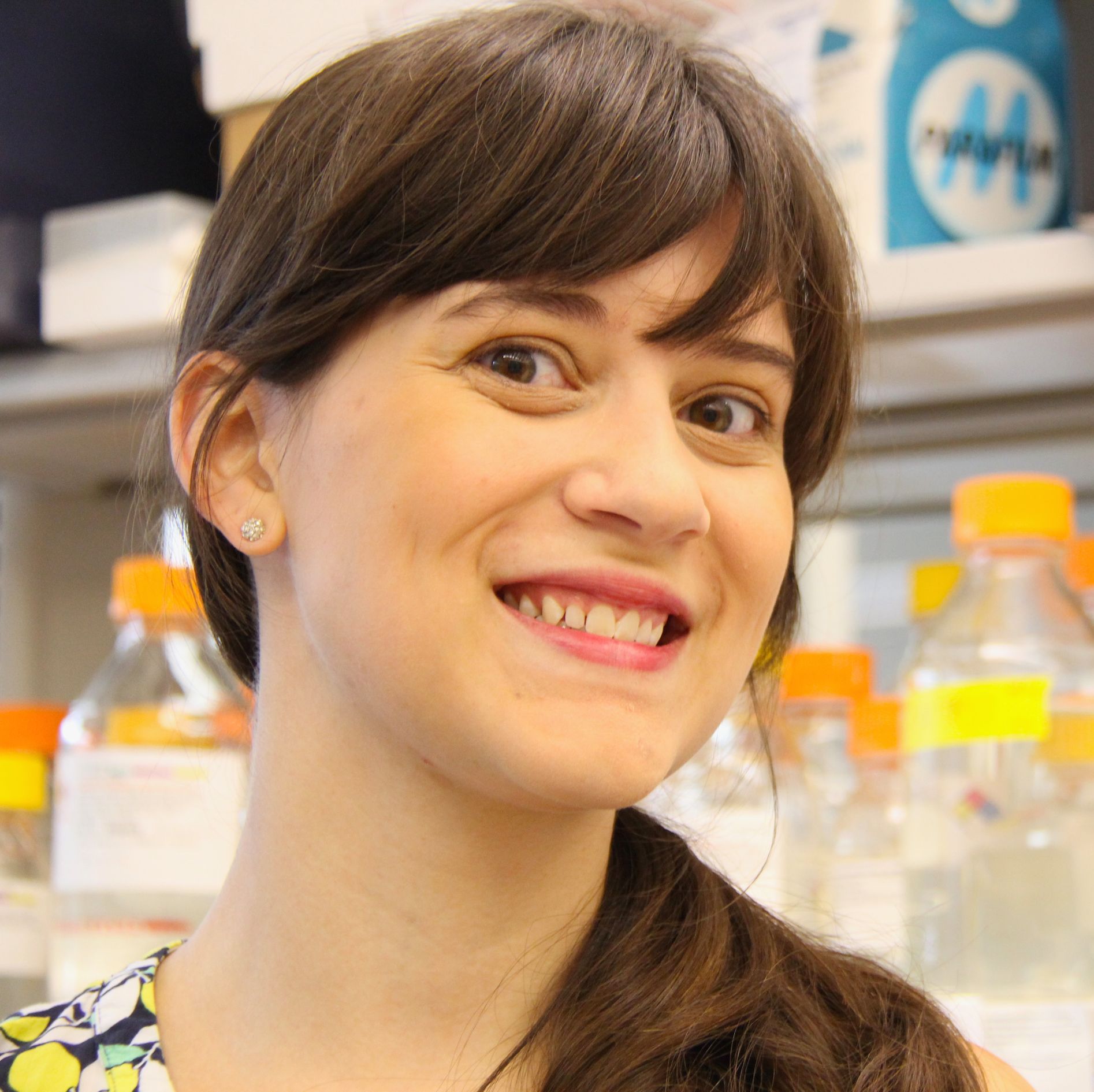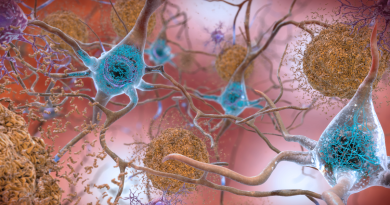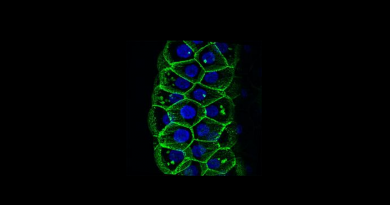How having too much or too little of CHRNA7 can lead to neuropsychiatric disorders
Studying the genetic code allows researchers to know whether some patients with neuropsychiatric disorders either have extra copies of the CHRNA7 gene or are missing copies. However, little was known about the functional consequences of this genetic imbalance in brain cells.

“For several years we have been studying patients with these conditions in different ways and also worked with mouse models in my lab. In this study we used a new pluripotent stem cell technology to pose questions that could not be answered with the other approaches,” said corresponding author Dr. Christian Schaaf, assistant professor of molecular and human genetics at Baylor College of Medicine and the Joan and Stanford Alexander Endowed Chair for Neuropsychiatric Genetics at Texas Children’s Hospital.
Pluripotent stem cell technology helps better understand neuropsychiatric disorders

“Pluripotent stem cell technology has allowed us to study what happens inside human brain cells from patients that have either fewer or extra copies of the CHRNA7 gene,” said first author Dr. Madelyn Gillentine, a recent Ph.D. graduate of the Schaaf Lab. “In summary, we take skin biopsies from patients with these conditions, grow the cells in culture in the lab and reprogram them to become brain cells. Using this approach, we gained insights into the mechanisms of disease at the neuronal level, which were really surprising.”
The CHRNA7 gene is translated into CHRNA7 proteins that form a channel on the cell membrane that allows calcium to enter the cells. Calcium is important for the every-day workings of brain cells. By regulating calcium levels, the CHRNA7 gene plays an important role on how neurons communicate and function with each other.
“We would have predicted that, compared with neurons from normal individuals, neurons from patients with fewer copies of this gene would show decrease in calcium flux, and those from patients who have extra copies would have more calcium flux, because they have more copies of this gene and are making more of the protein,” Schaaf said.
As expected, the researchers found that neurons with fewer copies of the gene show a reduction in calcium flux, almost half of what they see in control samples, which they expect will have functional consequences on neuronal functioning in those patients.
“On the other hand, we were very surprised when we saw that neurons with extra copies of the gene, instead of an increase, they also showed a decrease in calcium flux that was not as severe as the one in the neurons with fewer copies of the gene,” Gillentine said.
These results provide insights into why the patients with fewer copies of the gene share clinical characteristics with the patients with extra copies of the gene, despite having opposite underlying genetic makeup. In both cases, the result of the genetic imbalance is a decrease in calcium flux in the neurons. Clinically, while the patients with fewer copies present with moderate to severe cognitive impairment, high prevalence of autism and other neuropsychiatric problems, those with extra copies present with similar but less severe characteristics.
Opposite genetic imbalance results in similar biological effect mediated by different mechanisms
In the case of neurons with fewer copies of the gene, and therefore fewer CHRNA7 proteins to form calcium channels, the researchers propose that the reduction in calcium flux in the cells results from having fewer calcium channels.
“On the other hand, neurons with extra copies of the gene have more CHRNA7 proteins, which overwhelms the process that assembles them together, causes cellular stress and disturbs the formation of calcium channels. The result is a reduction of calcium flux in neurons,” Schaaf said. “This is an important first step toward better understanding this condition and one day finding treatments that would improve the lives of these patients.”
Read about all the details of this work in the American Journal of Human Genetics.
###
Other contributors of this work include Jiani Yin, Aleksandar Bajic, Ping Zhang, Steven Cummock and Jean J. Kim. The researchers are affiliated with one or more of the following institutions, Baylor College of Medicine and the Jan and Dan Duncan Neurological Research Institute at Texas Children’s Hospital.
This study was supported in part by the Intellectual and Developmental Disabilities Research Center grant number 1U54 HD083092 from the Eunice Kennedy Shriver National Institute of Child Health and Human Development and a T32GM008307 award from the National Institute of General Medical Sciences.



